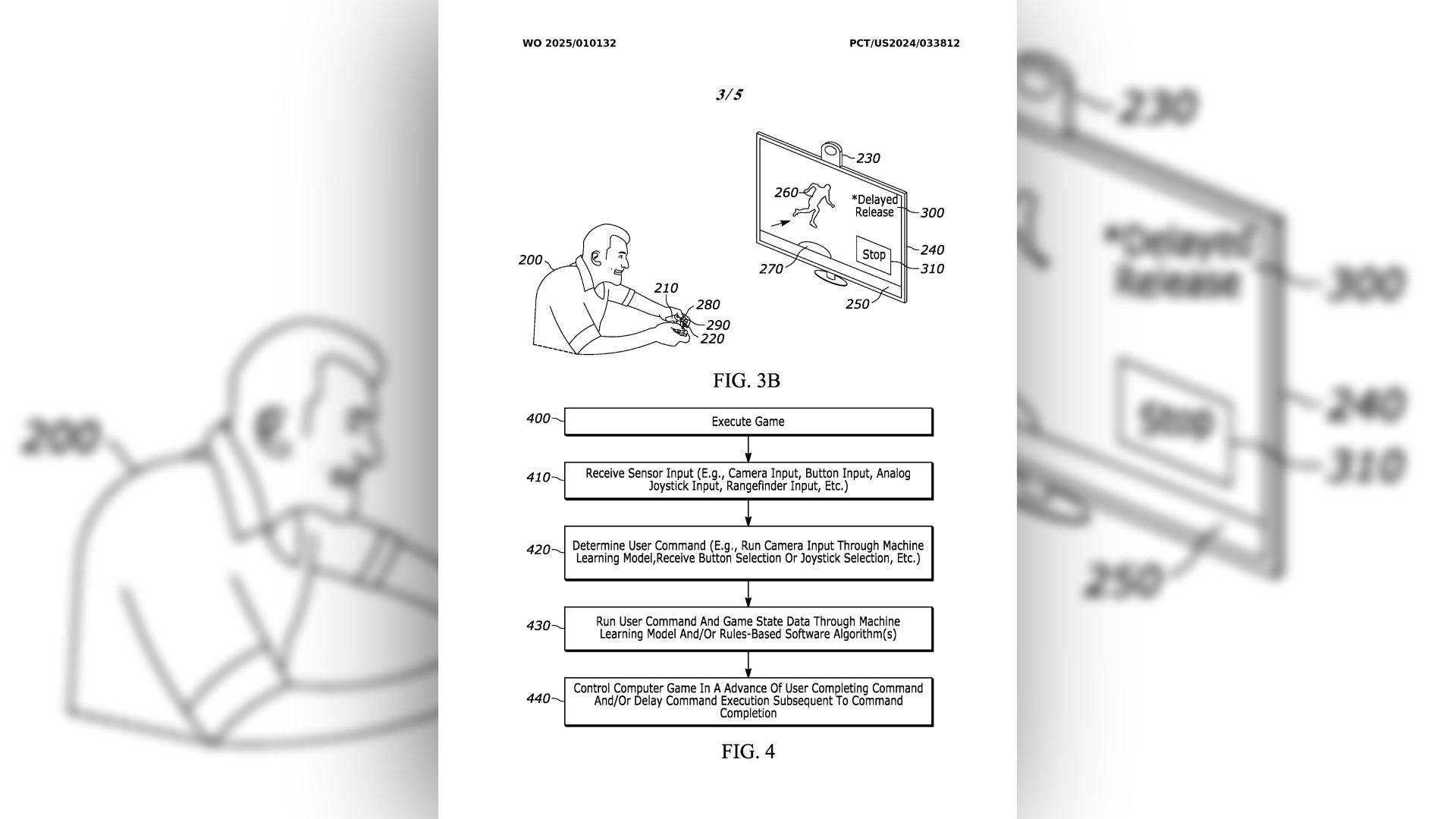Rockstar Games unveiled the second trailer for Grand Theft Auto VI, captured entirely on a PlayStation 5, fueling excitement and debate among fans. Dive into the details of the trailer's presentation
Author: ChloeReading:1
Sony's latest patent hints at a potential game-changer for future PlayStation consoles: a revolutionary approach to minimizing input latency. The patent, titled "TIMED INPUT/ACTION RELEASE," details a system leveraging AI and additional sensors to predict player inputs, thereby streamlining the command execution process and reducing lag. This is particularly relevant given the increasing use of frame generation technologies like FSR 3 and DLSS 3, which, while enhancing visuals, can introduce noticeable latency.
Current upscaling technologies, such as the PlayStation 5 Pro's PSSR, already address resolution limitations. However, frame generation introduces a new challenge: maintaining responsiveness. Competitors like AMD and Nvidia have tackled this with Radeon Anti-Lag and Nvidia Reflex, respectively, and Sony's patent suggests a similar, innovative solution.

The core of Sony's proposed system is a machine-learning AI model trained to anticipate player actions. This prediction is aided by an external sensor, potentially a camera observing the controller, or even the controller's buttons themselves. The patent explicitly mentions using "camera input as an input to a machine learning (ML) model," indicating a sophisticated approach to real-time input prediction.
While the exact implementation in a future PlayStation console like the hypothetical PlayStation 6 remains uncertain—patents rarely translate directly into final products—the patent clearly demonstrates Sony's commitment to addressing latency issues. This is especially crucial for fast-paced games where responsiveness is paramount. The technology could significantly benefit genres like twitch shooters, which demand both high frame rates and minimal lag.
The potential for integrating this technology into next-generation controllers, perhaps utilizing advanced analog button technology, is also intriguing. Ultimately, whether this patent translates into tangible improvements in future PlayStation hardware remains to be seen, but it signals a significant step towards a more responsive and immersive gaming experience.
 LATEST ARTICLES
LATEST ARTICLES